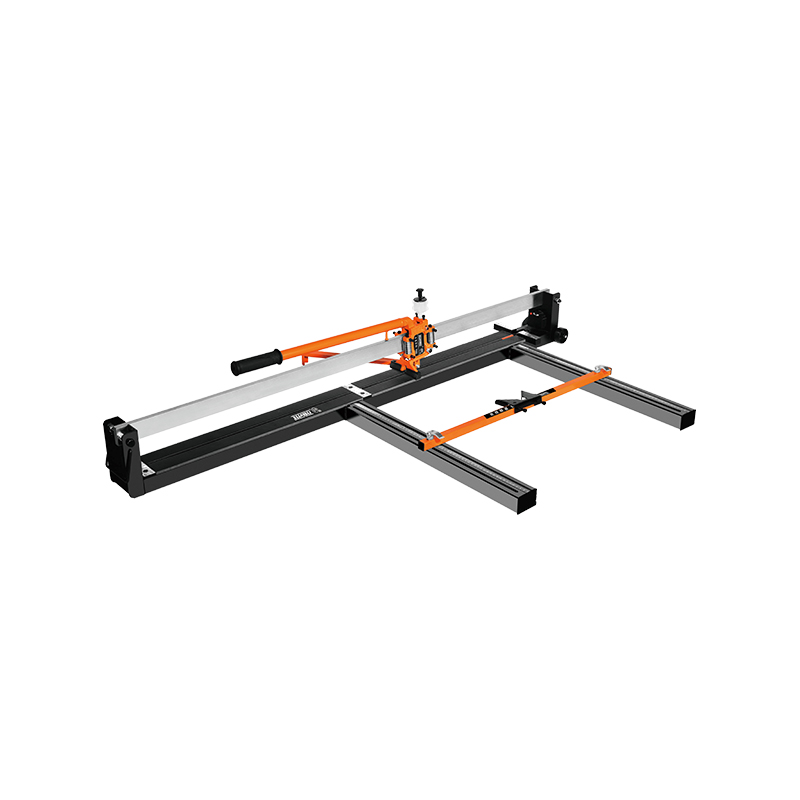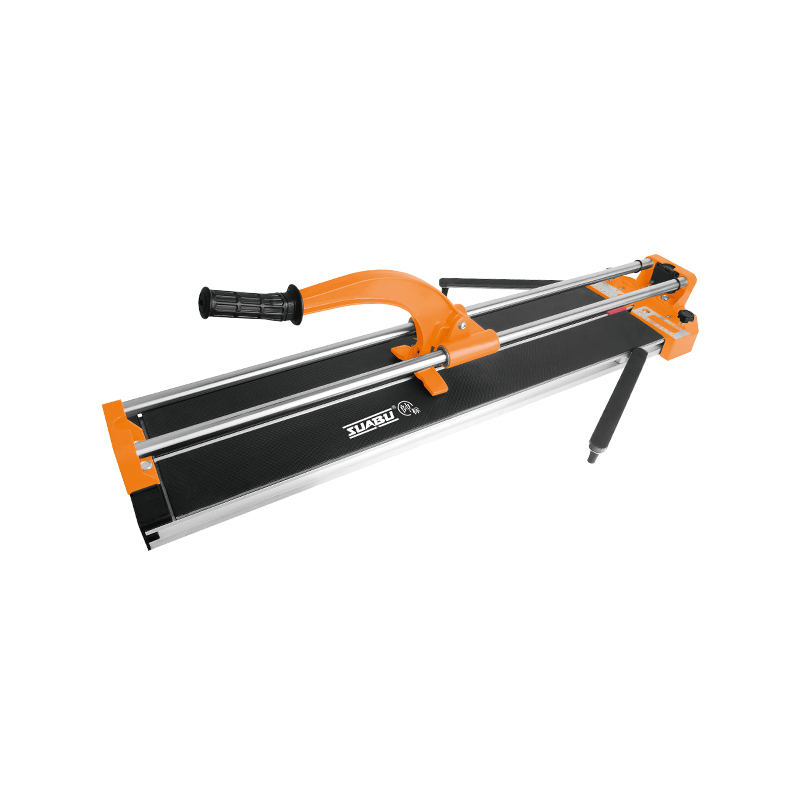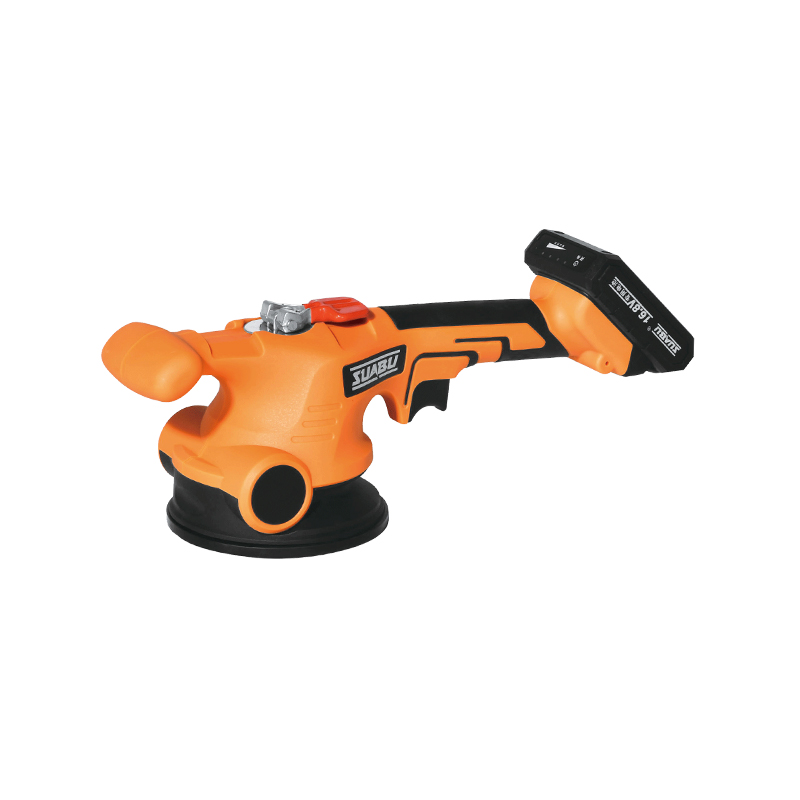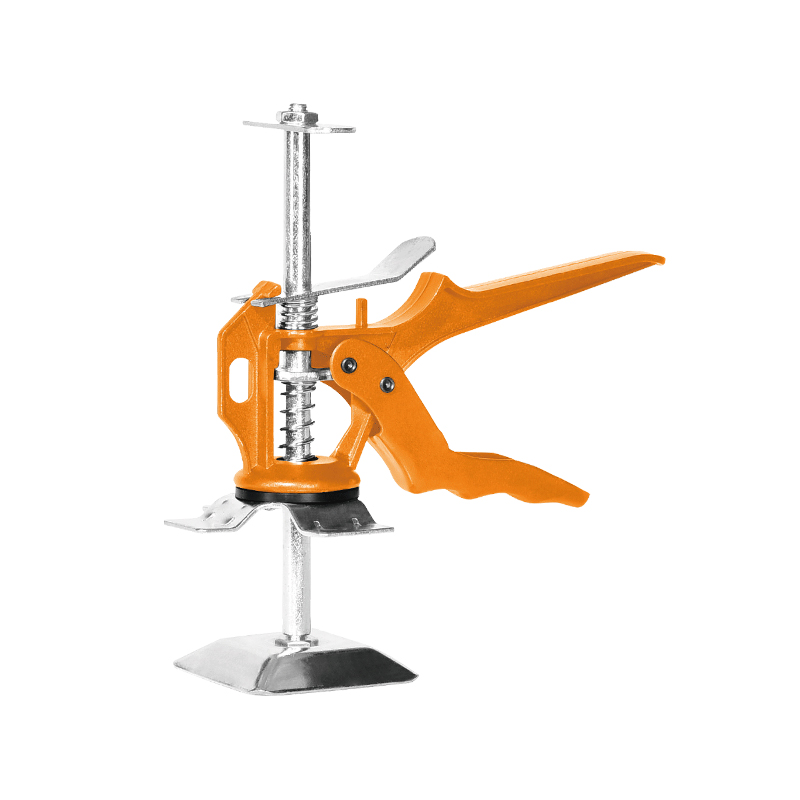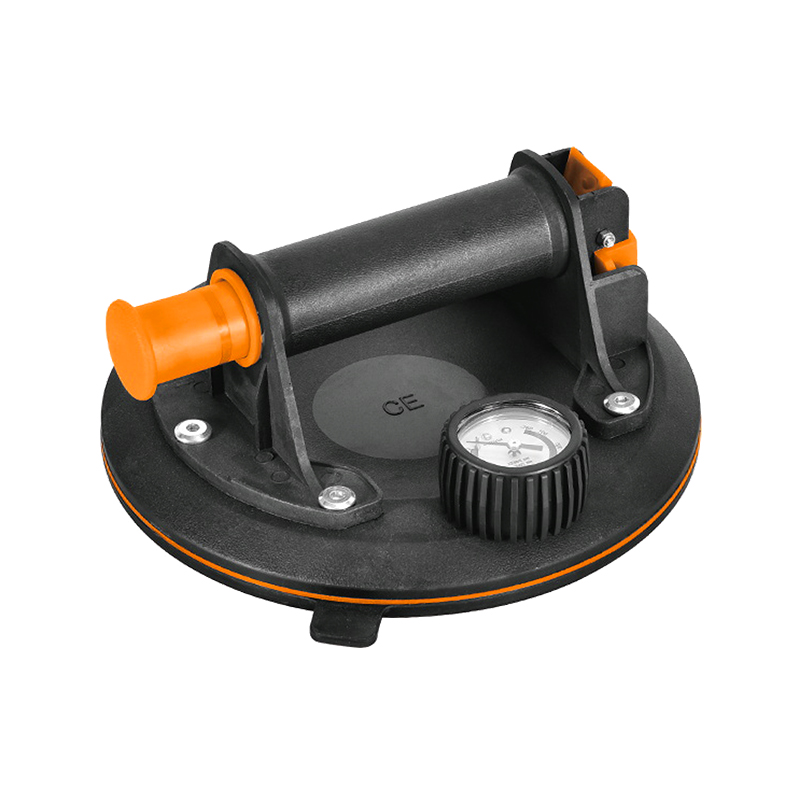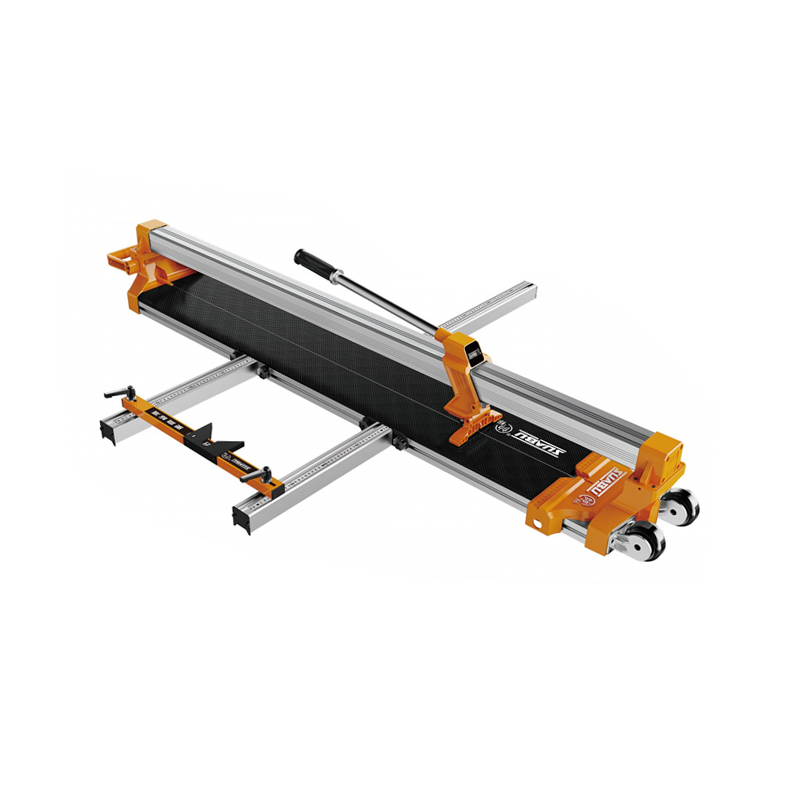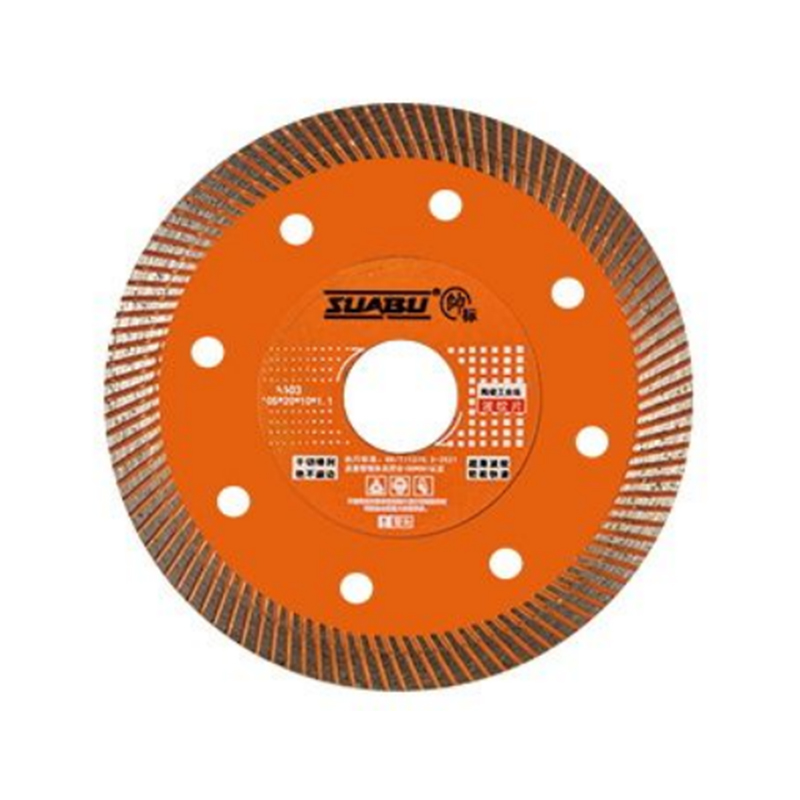Hand Held Tile Cutting Saws And Vibrating Tools For Cutting: A Comprehensive Overview
2024-06-14
Tile cutting is an essential part of many construction and renovation projects, demanding precision and efficiency. Two prominent tools in this domain are the hand held tile cutting saw and the vibrating tool for cutting. Each of these tools has distinct characteristics and advantages that make them suitable for different applications and user preferences.
Hand Held Tile Cutting Saws
Hand held tile cutting saws are versatile tools specifically designed for cutting tiles with accuracy. They come in various types, such as wet saws and dry saws, catering to different needs and conditions.
Wet saws use water to cool the blade and reduce dust during the cutting process. This type of saw is particularly useful for making precise cuts in harder materials like porcelain and natural stone. The water cooling mechanism not only extends the life of the blade but also less the risk of overheating, which can cause damage to both the tile and the tool.
Dry saws, on the other hand, do not use water and are more convenient for quick, on-the-go cuts. These saws are typically lighter and easier to maneuver, making them ideal for smaller projects or tasks that require mobility. However, they do generate more dust, which necessitates the use of protective gear such as masks and goggles to ensure user safety.
One of the key features of hand held tile cutting saws is their ability to make straight cuts, bevel cuts, and even intricate shapes with the right blade attachments. This versatility makes them indispensable for tasks such as fitting tiles around fixtures or creating custom designs. Additionally, the portability of these saws allows users to work in tight spaces where larger, stationary saws would be impractical.
Vibrating Tools for Cutting
Vibrating tools, often referred to as oscillating multi-tools, are another essential for cutting tasks. Unlike traditional saws, these tools use a rapid back-and-forth motion to cut through materials. This oscillating action provides several advantages, including reduced kickback and enhanced control, making them safer and easier to use for detailed work.
One of the primary benefits of vibrating tools is their versatility. They can be equipped with a wide range of attachments, including cutting blades, sanding pads, and grinding discs. This adaptability allows them to tackle various tasks beyond just cutting, such as sanding, scraping, and polishing. For tile work, vibrating tools can be particularly effective for cutting out damaged tiles, trimming edges, and making plunge cuts.
Vibrating tools excel in precision cutting. Their ability to make clean, controlled cuts without damaging surrounding materials makes them ideal for delicate tasks. For instance, when replacing a single tile in a mosaic, a vibrating tool can carefully cut the grout and tile without disturbing adjacent pieces. Additionally, their compact size and ergonomic design make them suitable for use in confined spaces or when working on vertical surfaces.
Comparing the Two Tools
While both hand held tile cutting saws and vibrating tools for cutting are valuable in their own right, understanding their differences is key to selecting the appropriate tool for a given job.
Hand held tile cutting saws are generally preferred for cutting large quantities of tiles or making long, straight cuts. Their powerful motors and specialized blades can handle tough materials efficiently, making them ideal for initial tile installation projects. However, their use is more restricted to tile cutting and they require a stable surface to operate effectively.
In contrast, vibrating tools offer greater versatility and precision for smaller, more detailed tasks. Their ability to switch between different attachments makes them a multifunctional tool that can be used throughout various stages of a project, from cutting and sanding to scraping and polishing. While they may not match the speed and efficiency of a hand held tile saw for large-scale cutting, their precision and control make them indispensable for finishing touches and intricate work.
Both hand held tile cutting saws and vibrating tools for cutting have their unique strengths and applications. Hand held tile saws are powerful and efficient for large-scale cutting tasks, providing clean and precise cuts with the aid of water cooling for harder materials. Vibrating tools, on the other hand, offer unmatched versatility and precision, excelling in detailed work and the ability to handle multiple functions with different attachments.
Choosing between these tools ultimately depends on the specific needs of the project at hand. For comprehensive tile installation, a hand held tile saw may be the go-to tool for its cutting efficiency. For detailed tasks, repairs, or projects requiring a range of functions, a vibrating tool provides the flexibility and precision necessary to achieve professional results. By understanding the strengths of each tool, users can make informed decisions that enhance the quality and efficiency of their work.

